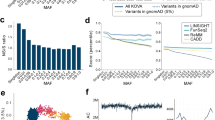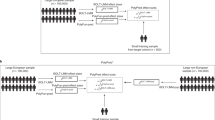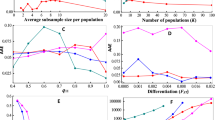Abstract
Suitability of a specific population for linkage disequilibrium mapping studies of complex traits may be assessed by investigating the background linkage disequilibrium (BLD). We are unaware of studies for quantifying the degree of BLD in the Korean population, although the population may be a good candidate for mapping of complex trait genes through whole-genome association studies. It is useful to investigate the properties of genetic isolates in East Asia and to compare them to genetic isolates in Europe. We analyzed the extent of BLD in the Korean population using 735 microsatellite markers and compared the results with the Icelander population, which is one of the European expanded genetic isolates. The Korean population exhibited a level of BLD comparable with the Icelander population. The inference of population structure using the model with admixture showed that each individual has allele copies originating from K populations in equal proportions. Therefore, we believe that factors other than genetic distance, such as recent admixture, have not contributed to the level of BLD. Our results showed that the Korean population, which is an expanded population with no evidence of admixture, has a BLD level comparable with the Icelander population. Therefore, the Korean population can be used for fine mapping of either complex traits or monogenic diseases.
Similar content being viewed by others
Article PDF
Author information
Authors and Affiliations
Rights and permissions
This is an Open Access article distributed under the terms of the Creative Commons Attribution Non-Commercial License (http://creativecommons.org/licenses/by-nc/3.0/) which permits unrestricted non-commercial use, distribution, and reproduction in any medium, provided the original work is properly cited.
About this article
Cite this article
Lee, KA., Kim, JW. Heterozygosities of 735 microsatellite markers and background linkage disequilibrium in the Korean population. Exp Mol Med 38, 662–667 (2006). https://doi.org/10.1038/emm.2006.78
Published:
Issue date:
DOI: https://doi.org/10.1038/emm.2006.78



